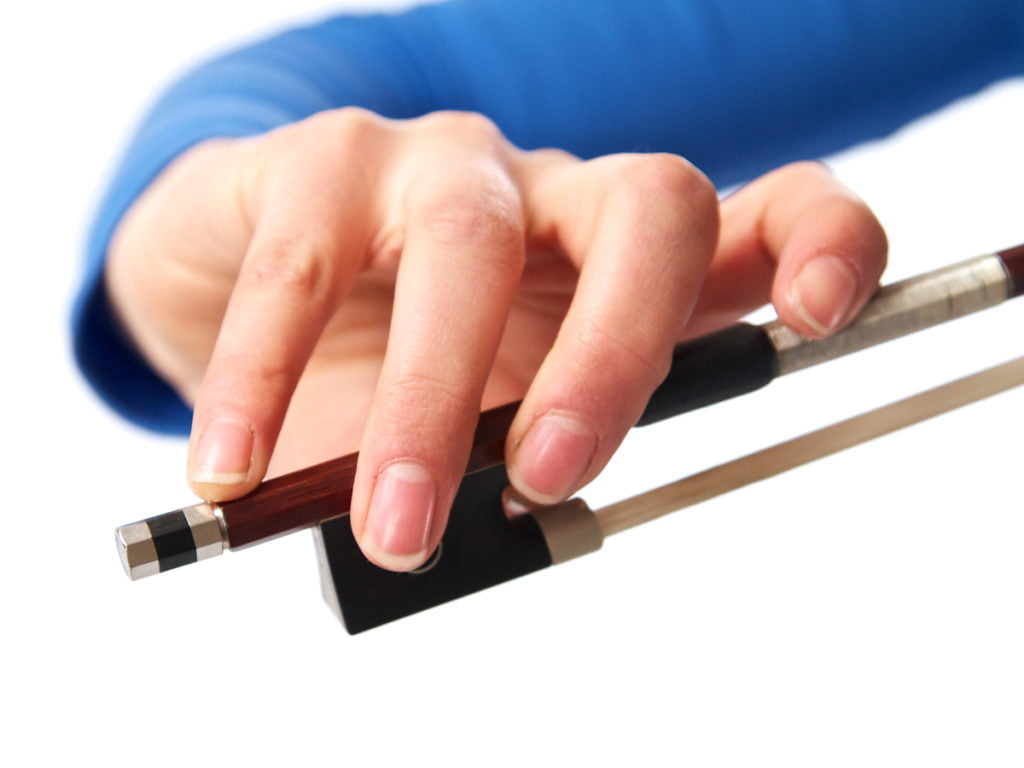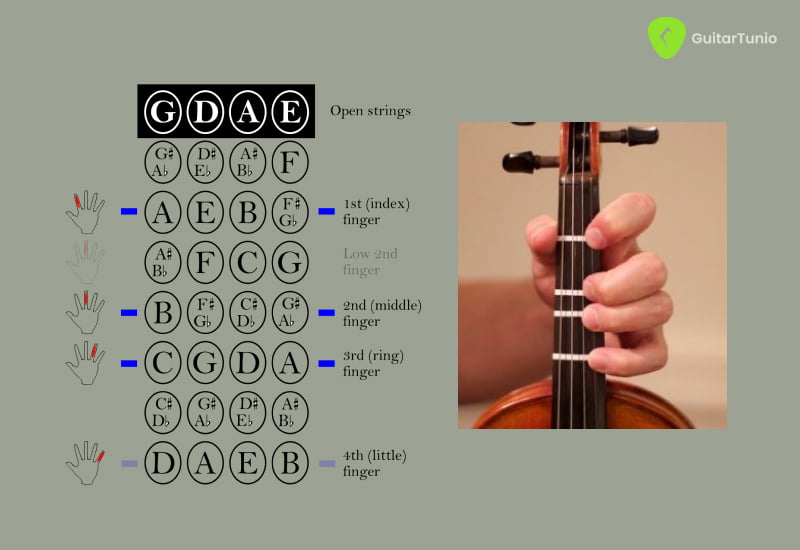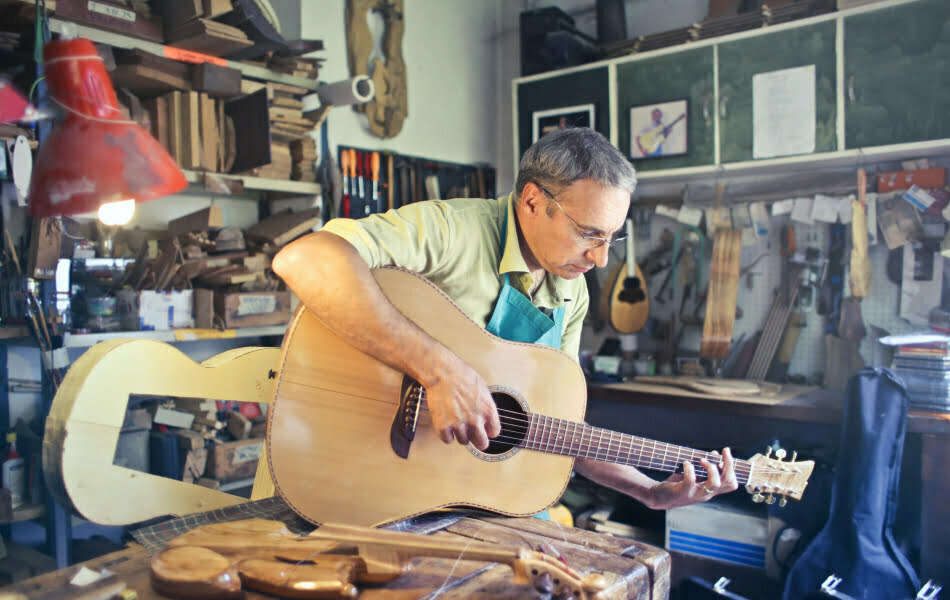The Art of Violin Playing: Tips and Techniques for Beginners
Embarking on the journey of learning the violin is an exciting and rewarding endeavor. As a beginner, understanding the fundamentals of posture, bowing technique, and finger placement is essential. In this article, we present a beginner's guide to the basics of violin playing, offering valuable tips and techniques to help you lay a solid foundation for your musical journey.
How to play violin for beginners
Establishing proper posture
Proper posture is crucial for both comfort and optimal performance. Start by standing or sitting with an upright and relaxed posture. Hold the violin under your chin, ensuring it is well-supported by the shoulder rest. Keep your head straight, allowing your chin to rest comfortably on the chinrest. Maintaining a balanced posture promotes ease of movement and helps produce a better tone.

Mastering bowing technique
The bowing technique greatly influences the quality of sound produced. Hold the bow correctly, with a relaxed hand and fingers gently curved around the bow. Begin practicing the basic bowing motion, keeping the wrist flexible, and using the entire bow hair to produce consistent and controlled strokes. Experiment with bow speed, pressure, and contact point to achieve different dynamics and articulations.

Understanding finger placement
The placement of the fingers on the fingerboard is essential for accurate intonation and playing different notes. Start by positioning the left hand with a relaxed and curved shape, with the fingers hovering above the strings. Practice placing your fingers down one at a time, aiming for clear and precise notes. Utilize guide tapes or markers on the fingerboard to assist with correct finger placement until muscle memory develops.

Developing a consistent practice routine
Consistency is key to progress in violin playing. Establish a regular practice routine, dedicating a specific time each day to practice. Start with shorter practice sessions and gradually increase the duration as your stamina improves. Break down your practice into segments, focusing on specific techniques or pieces. Remember, regular and focused practice will yield greater progress than sporadic, lengthy sessions.
Seek guidance and take lessons
To ensure proper technique and progress, consider seeking guidance from a qualified violin teacher. A skilled teacher can provide personalized instruction, address any issues, and offer valuable insights and tips specific to your needs. They will guide you through proper form, technique, and musical interpretation, accelerating your learning process.

Be patient and persistent when learning violin
Learning the violin requires patience and persistence. It is essential to approach your practice with a positive mindset and a willingness to embrace challenges. Understand that progress takes time, and setbacks are a natural part of the learning process. Celebrate small victories along the way and maintain a long-term perspective, focusing on the joy of playing and the gradual improvement you will experience.
Conclusion
The art of violin playing is a beautiful and fulfilling pursuit, and as a beginner, focusing on the basics is essential. By establishing proper posture, mastering bowing technique, and understanding finger placement, you lay the foundation for a successful violin journey. Combine consistent practice with the guidance of a qualified teacher, and embrace patience and persistence. Remember, the journey of learning the violin is a rewarding one that will bring you joy, growth, and a lifelong appreciation for the art of music.
Upgrade to the paid premium version of the Guitar Tunio app to unlock violin tuner, violin tuning options, metronome, chromatic tuner and more. Available for Android and iOS mobile devices, check it out now!








